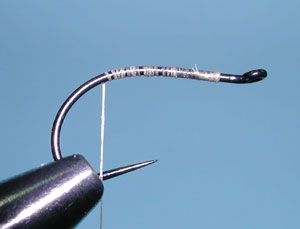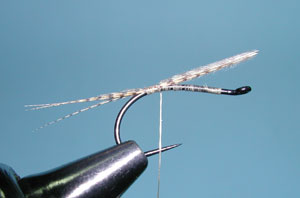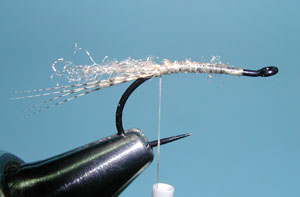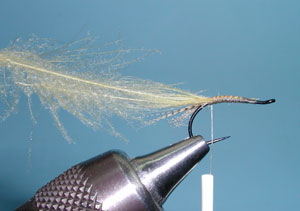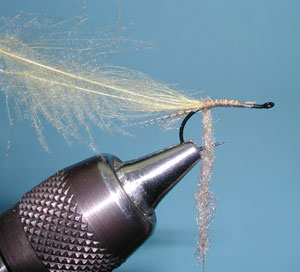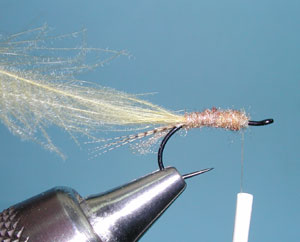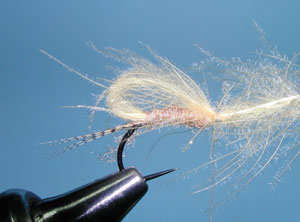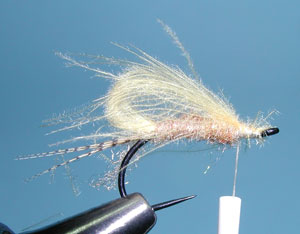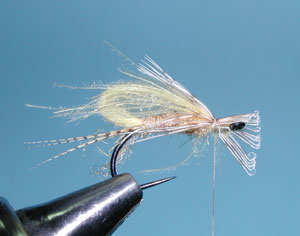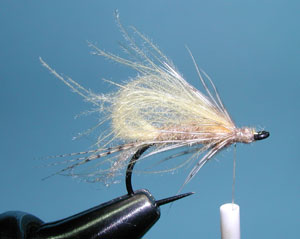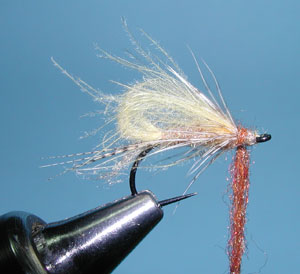CDC Bubbleback Caddis – the unique bubble effect
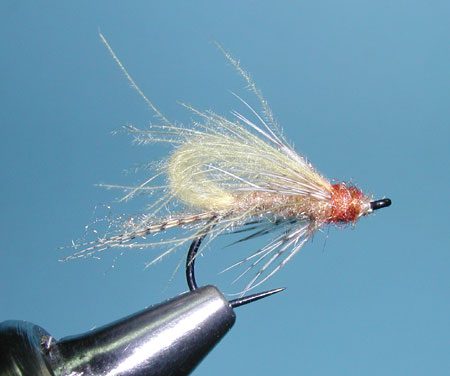
CDC Bubbleback Caddis , Tan
Tying Instructions
| Materials
to Order Material, click the link |
|
|---|---|
| Hook | TMC206BL #14-20 |
| Thread | Uni-thread 8/0 Tan |
| Body | Hexagenia Antron Dubbing |
| Thorax | March Brown Antron Dubbing |
| Tail | 3-5 Dyed Mallard Flank, Woodduckfibers with pinch of Hexagenia Antron dubbing over fibers |
| Collar Hackle | Partridge |
| Wing | Woodduck Gold CDC |
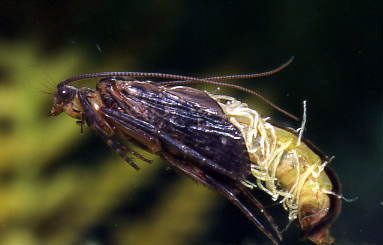
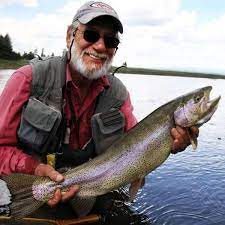
Rene Harrop
CDC Bubbleback Caddis
Rene Harrop came up with this pattern as he developed a number of patterns signifying the metamorphic transitions of the caddis from larvae to adult. The CDC Bubbleback Caddis portrays the transition from the pupa stage to an adult where the thoracic area begins to push out from the pupa skin. This process only happens for a few seconds but it is something that the trout will recognize and key into.
The Bubbleback
A loop of CDC over the back of the body forms a bubble effect that supports the fly in the correct position in the surface film while duplicating this tempting image. The pattern should be used as a wet fly using an uplifting swing. Bubbles will get trapped within the CDC fibers and provide an enhanced translucency to the pattern as an ascending adult. Adjust the color variations to the hatch. Black caddis will often hatch within stillwater areas near the shoreline of a creek inlet.
Variations
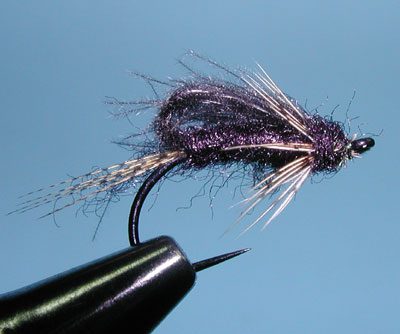
CDC Bubbleback Caddis, Black
| Hook | TMC206BL #14-20 |
| Thread | Uni-thread 8/0 Black |
| Body | Black Antron Dubbing |
| Thorax | Black Antron Dubbing |
| Tail | 3-5 Dyed Mallard Flank, Woodduckfibers with pinch of Black Antron dubbing over fibers |
| Collar Hackle | Partridge |
| Wing | Black CDC |
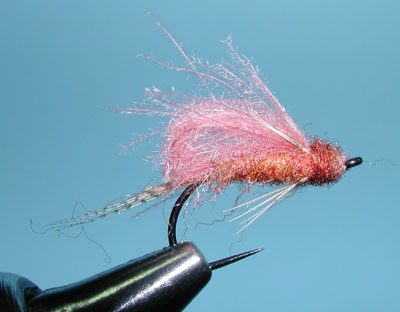
CDC Bubbleback Caddis, Brown
| Hook | TMC206BL #14-20 |
| Thread | Uni-thread 8/0 Brown |
| Body | March Brown Antron Dubbing |
| Thorax | Chocolate Brown Antron Dubbing |
| Tail | 3-5 Dyed Mallard Flank, Woodduckfibers with pinch of March Brown Antron dubbing over fibers |
| Collar Hackle | Partridge |
| Wing | Medium Brown CDC |
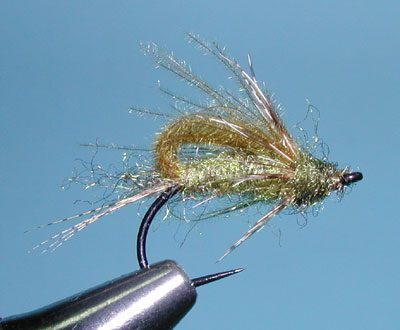
CDC Bubbleback Caddis, Olive
| Hook | TMC206BL #14-20 |
| Thread | Uni-thread 8/0 Olive |
| Body | Medium Olive Antron Dubbing |
| Thorax | Dark Olive Antron Dubbing |
| Tail | 3-5 Dyed Mallard Flank, Woodduckfibers with pinch of Medium Olive Antron dubbing over fibers |
| Collar Hackle | Partridge |
| Wing | Medium Olive CDC |

